Sun and skin: evaluating the effectiveness of suncare products with the C-Cube
Exposure to the sun is one of the main environmental stresses on the skin. It can cause sunburn, premature skin aging, redness and pigmentation spots. It can also have a lasting effect on the skin barrier.
Against this backdrop, suncare products have become an essential part of summer cosmetics ranges. Evaluating the effectiveness of suncare products is therefore essential.
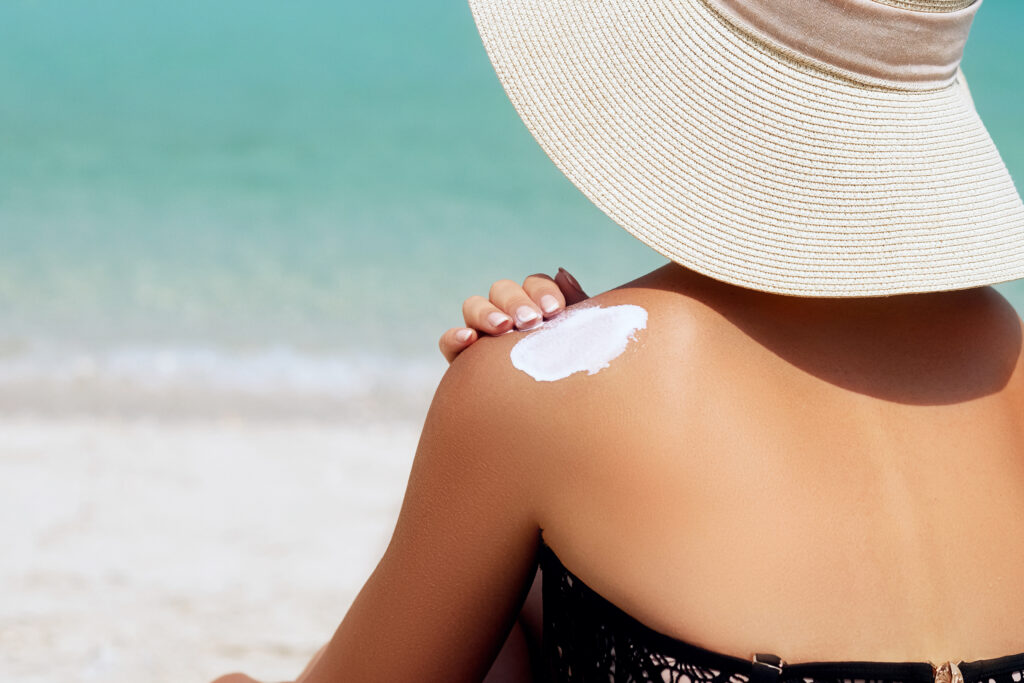
For dermocosmetic brands, sun care products are all about skin health. To guarantee their credibility and effectiveness, they must be backed by solid scientific data.
In this context, the C-Cube is positioned as a central measurement tool in clinical research.
Its unprecedented precision, with a margin of error of less than 0.1%, ensures reproducible measurements, whatever the ambient lighting conditions, on all phototypes.
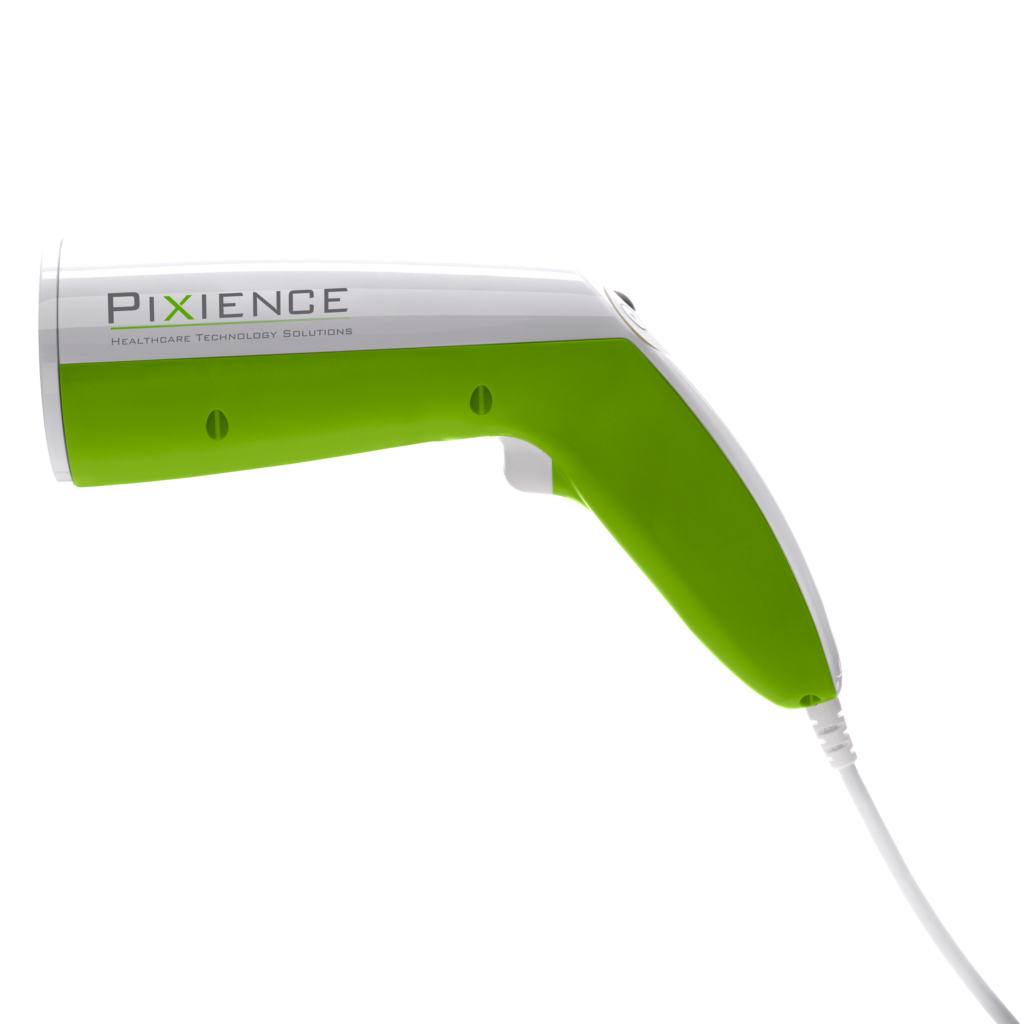
How can the C-Cube be used to objectivize the effects sought by dermocosmetic brands?
1- Sun protection
Sun protection products are designed to limit the effects of UV radiation (UVB and UVA): sunburn, oxidative stress, inflammation, premature aging…
Redness and pigmentation are direct consequences of unprotected or insufficiently protected exposure, and their evolution can therefore be used to indirectly quantify the photoprotective efficacy of a skin care product. This approach is non-invasive, reproducible and visual.
a) Color measurements
Color is a relevant indicator for assessing the effectiveness of a photoprotective agent. The Lab* values obtained by the C-Cube, perfectly correlated with those of a chromameter, guarantee reliable measurements. What’s more, each measurement is systematically associated with an image of the area analyzed, providing precise, usable visual documentation.
b) Erythema measurement
The inflammatory response is the body’s way of defending itself, which is why local irritation can be triggered by exposure to the sun. As such, it is a major indicator of insufficient sun protection. Its quantification is essential for validating photoprotective efficacy.
The erythema index measured by the C-Cube is based on the a* component, which reflects the intensity of cutaneous redness. It is represented in the form of a colored map, enabling areas of inflammation to be located visually. A decrease in this index indicates that the skin is less irritated. For each measurement, a specific rendering is generated to clearly illustrate the evolution of the erythema.
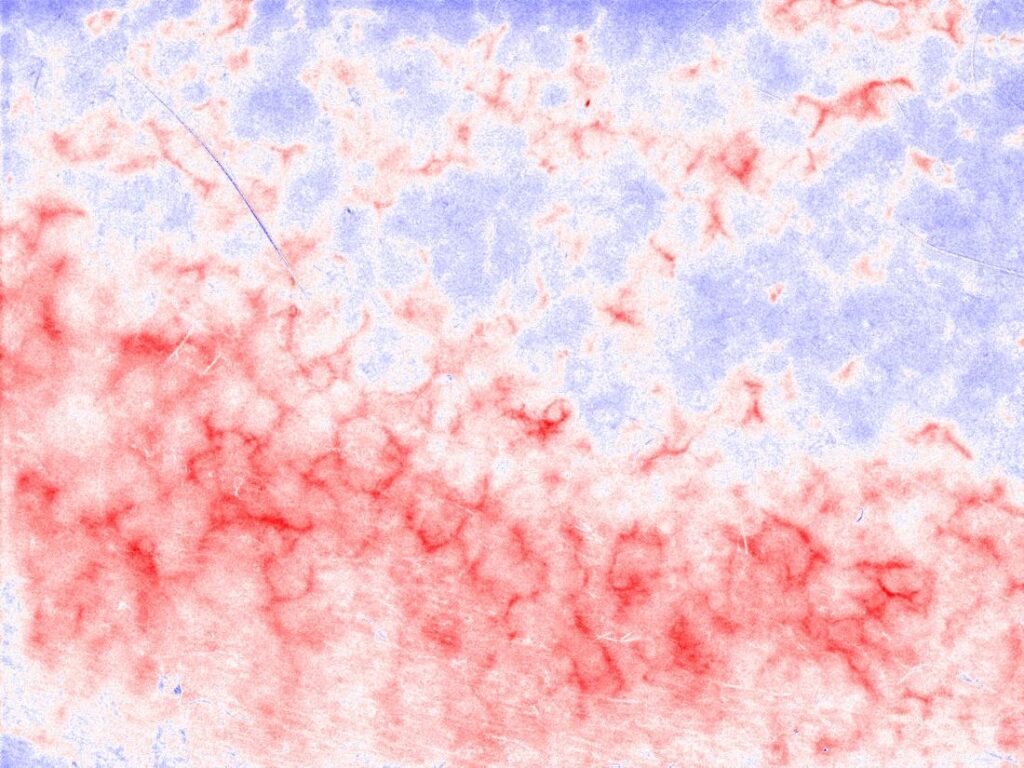
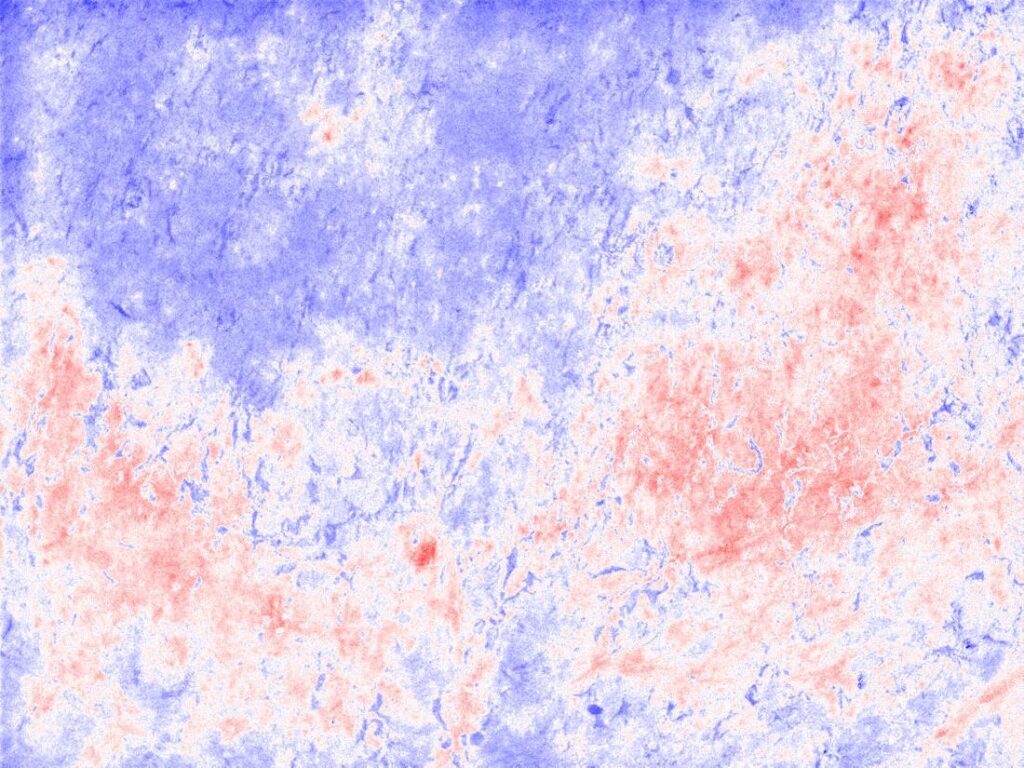
Erytma decrease over time
2- Tanning: objectify uniformity and intensity
Self-tanning and tan-extending skin care products are a key element in the evaluation of the effectiveness of suncare products. They seduce with their promise of a tanned complexion without excessive sun exposure. But achieving a natural, gradual and even bronze, while respecting the specific needs of each individual skin type, remains a real formulation challenge. These products must demonstrate their effectiveness in boosting pigmentation in a controlled way, and in maintaining the complexion’s radiance over time.
a) Phototype measurement
The phototype, defined by the skin’s sensitivity to UV rays, is a relevant indicator for quantifying an overall change in skin tone induced by a skincare product. Phototype can be measured directly with the C-Cube
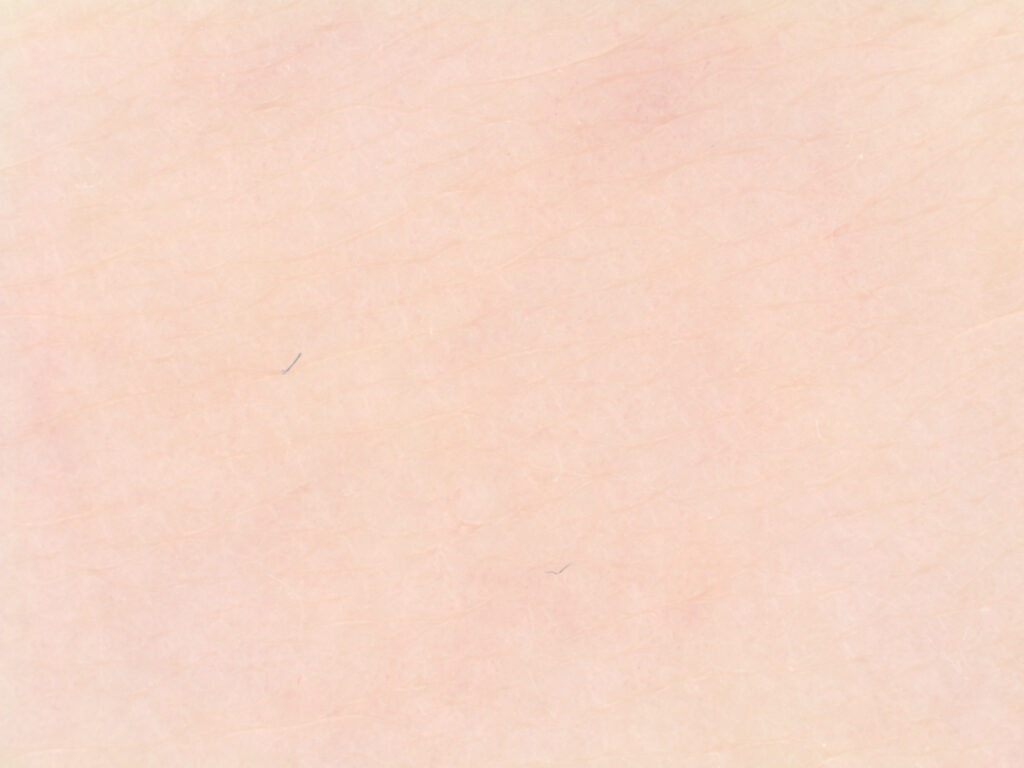
C-Cube source image – Phototype 1
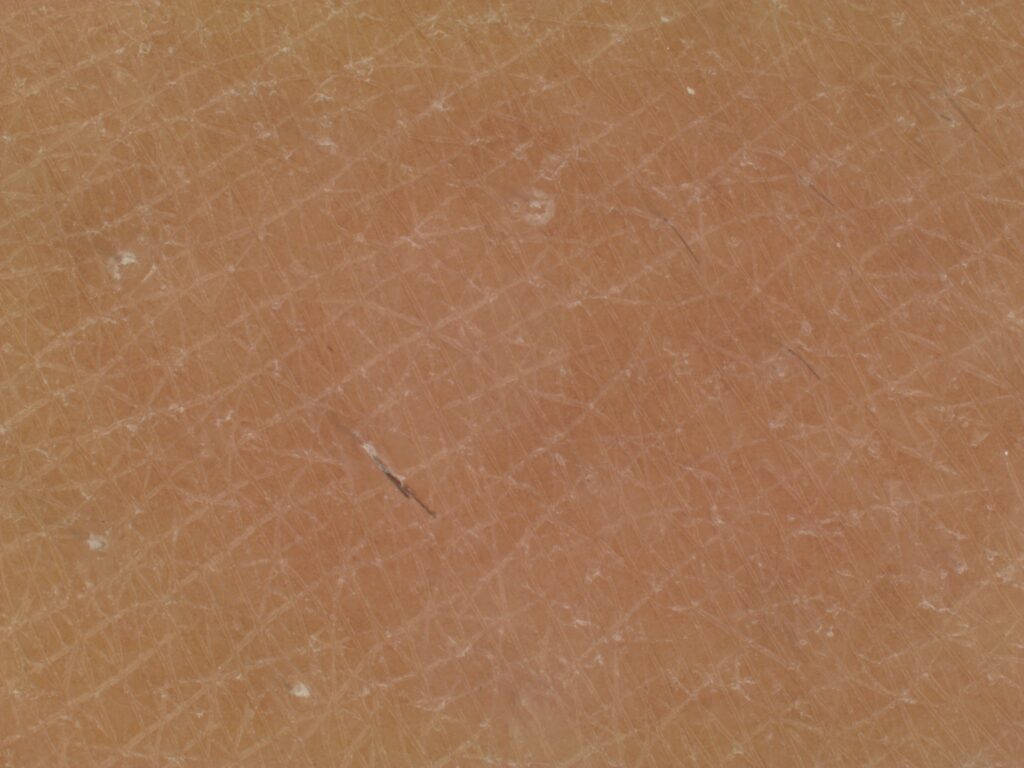
C-Cube source image – Phototype 3
b) Pigmentation measurement
The pigmentation index measures the amount of melanin present in the skin, the pigment responsible for its coloration. The higher the index, the more intense the tan. The C-Cube calculates this index from the image’s colorimetric data, in particular the L* (luminosity) and a*/b* (red-green and yellow-blue hues) components, which vary according to melanin concentration. This approach enables precise, visual and reproducible monitoring of pigmentation evolution.
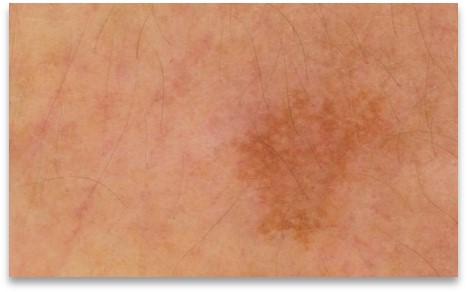
C-Cube source image
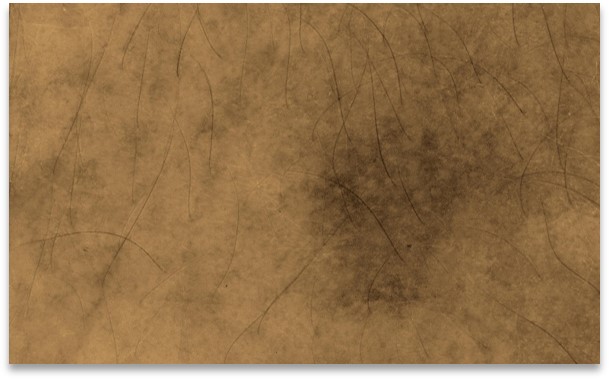
Pigmentation rendering
2- After sun: soothing and evennes
a) Roughness measurement
After sun exposure, skin can become rough and unevenly textured. After-sun products target the regeneration of the cutaneous barrier, promising smoother, more supple skin.
The C-Cube enables precise quantification of skin roughness using the parameters of the ISO 25178 standard: Sa, Sq, Sdr.
The reduction in these indices over time testifies to the improvement in texture and therefore proves the product’s reparative effect.
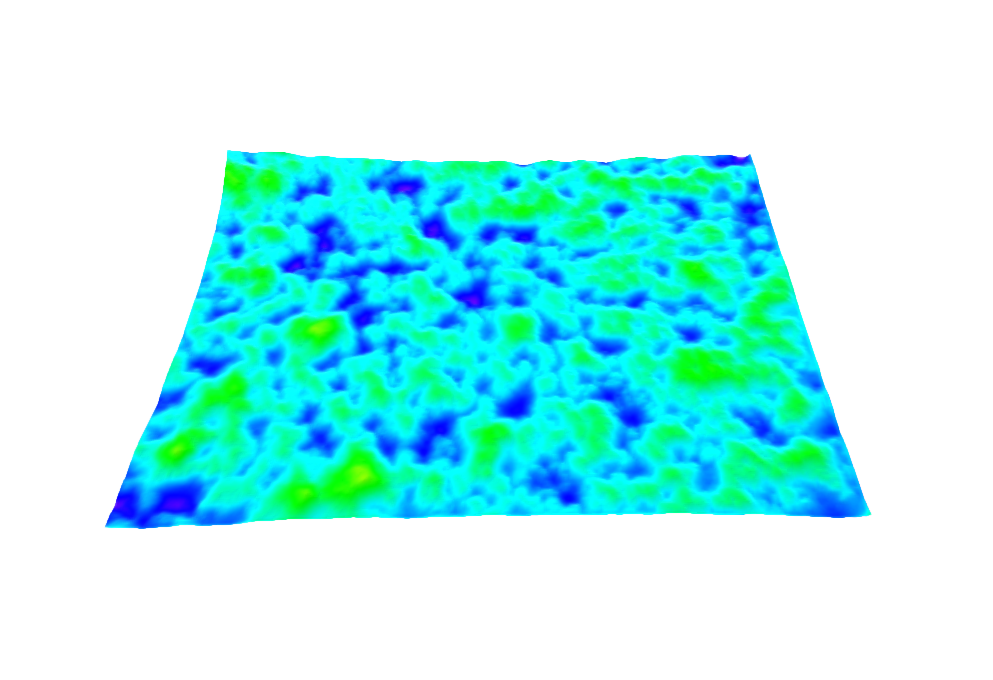
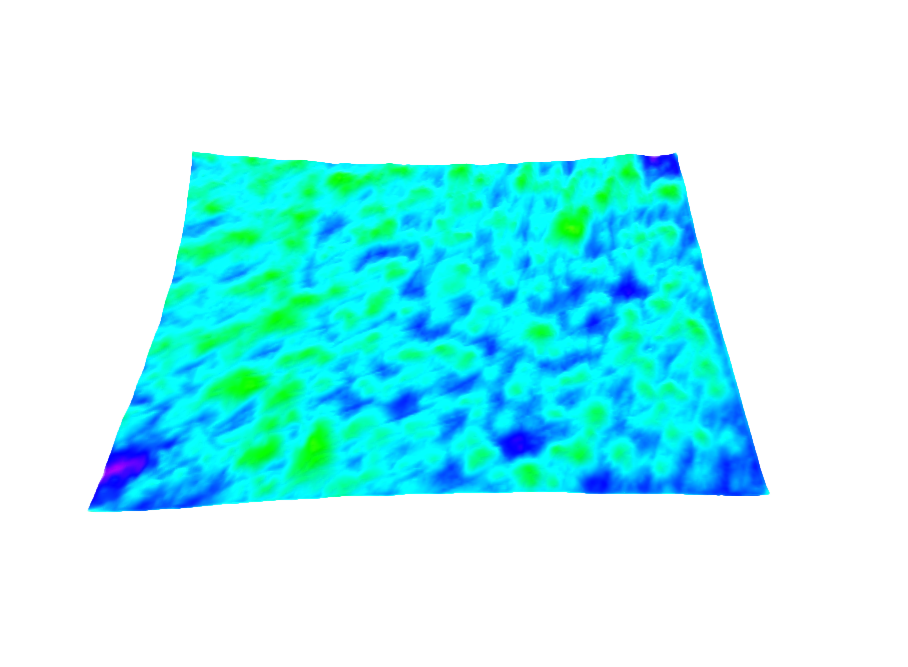
Example of skin roughness improvement over time
b) Pigmentation homogenity measurement
Repeated exposure to the sun can lead to the appearance of pigmentation spots and uneven skin tone, particularly in light-exposed areas.
After-sun and depigmenting products target the reduction of these spots to restore an even complexion.
The C-Cube quantifies skin tone uniformity by analyzing the variance in the amount of melanin in a given area. The higher the variance, the more uneven the pigmentation. This measurement provides a visual and objective assessment of the effectiveness of skin care products designed to even out skin tone or reduce pigmentation spots.
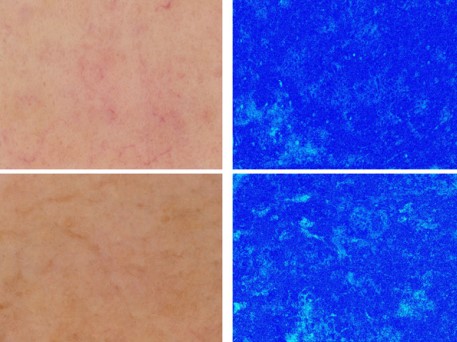
c) Desquamation - In-vivo and Ex-vivo
Sunburn is frequently followed by desquamation, linked to the loss of cells from the stratum corneum. The attenuation of this desquamation over time is a strong argument in favor of lipid-replenishing and soothing products.
The C-Cube enables in vivo assessment of desquamation by analyzing the L* component of the image, corresponding to the scales on the skin surface.
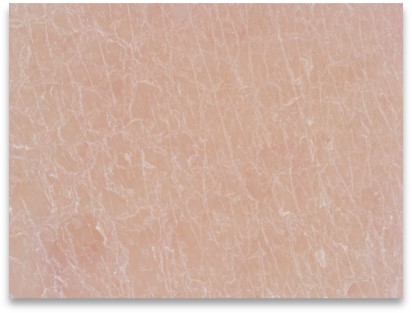
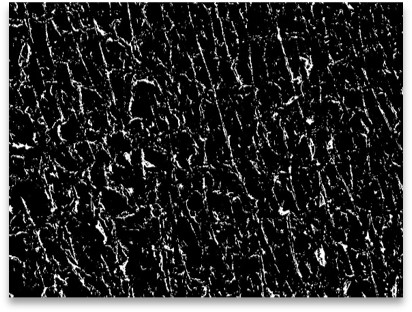
Ex vivo, a stripping technique (D-Squame® or Corneofix®) is used to remove the skin film from the surface. Using the C-Cube, this sample is then analyzed with great precision, both colorimetrically and metrically. This method offers rigorous, reproducible quantification of desquamation, providing concrete proof of the soothing or restorative efficacy of the skincare products tested.
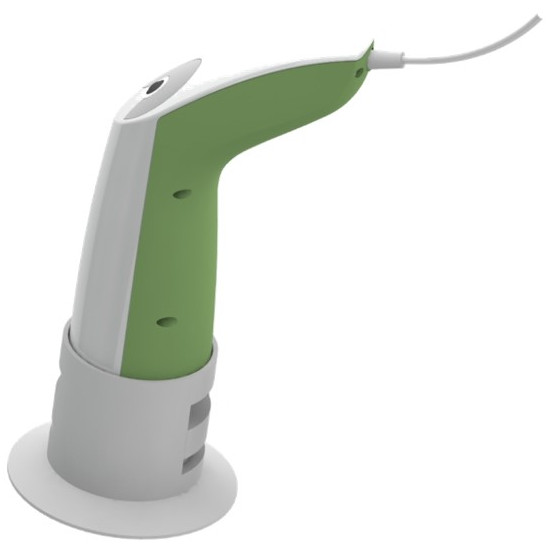
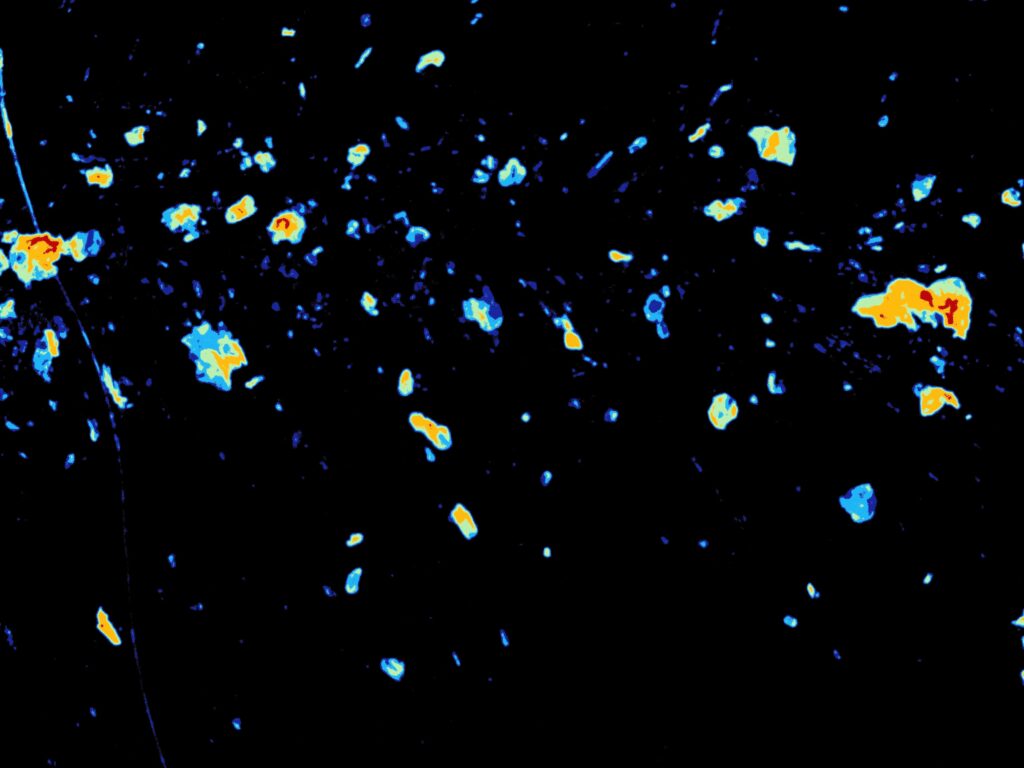
Today’s suncare products have to meet exacting standards, whether to protect, enhance or repair sun-exposed skin. In this context, evaluating the efficacy of suncare products is becoming a key lever for scientifically validating the promises made by cosmetics.
The C-Cube is part of this dynamic. Thanks to its extremely high precision (± 0.1%) and compatibility with all phototypes, it enables objective assessment of the effects of sun care products, unaffected by lighting conditions.
More than an imaging tool, it offers a complete range of colorimetric, textural and ex-vivo analyses, covering all the benefits claimed: photoprotection, tanning, soothing.
Designed for clinical research, but accessible to a wide range of studies, the C-Cube helps brands to rely on reliable, visual and scientific data.
The C-Cube transforms cosmetic innovation into tangible, visible, measurable and credible proof.
Find this article on Skinobs

